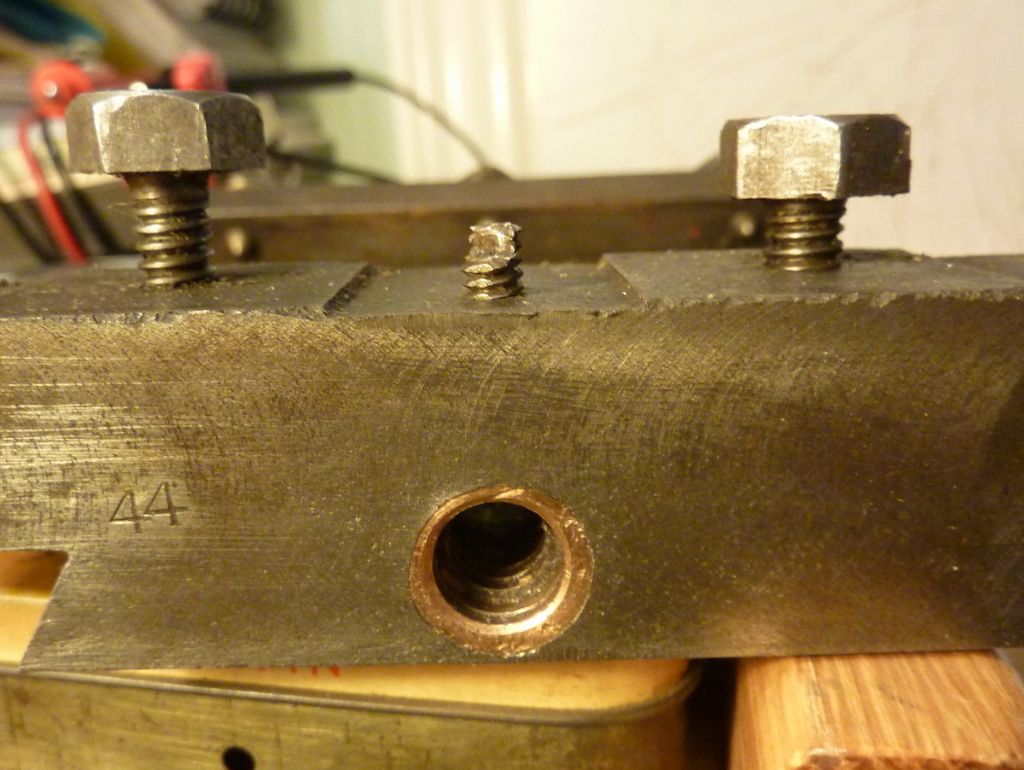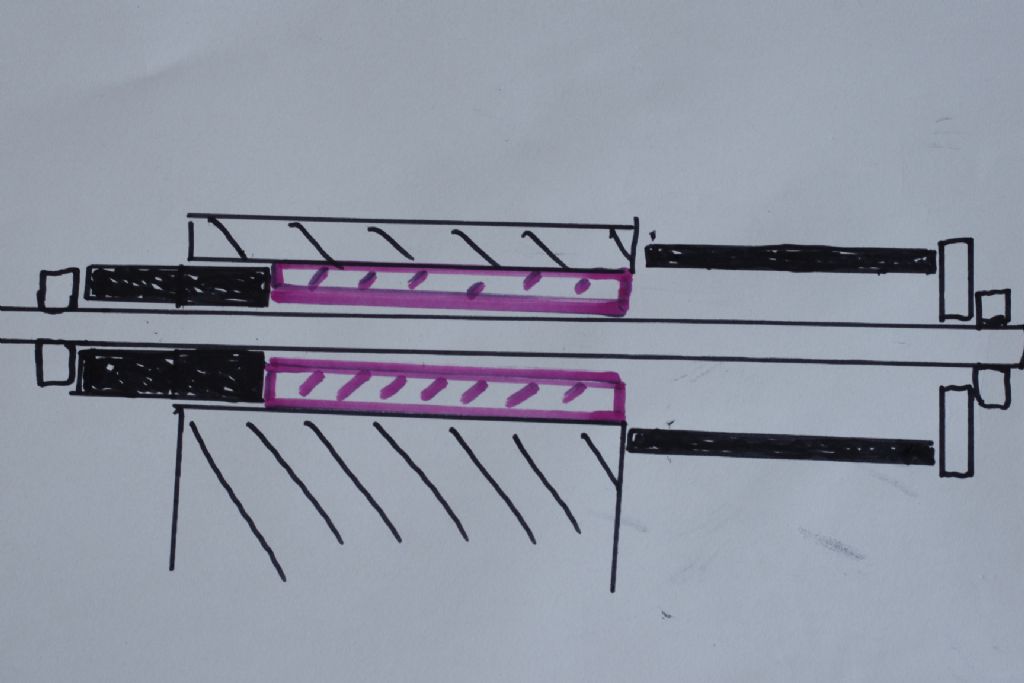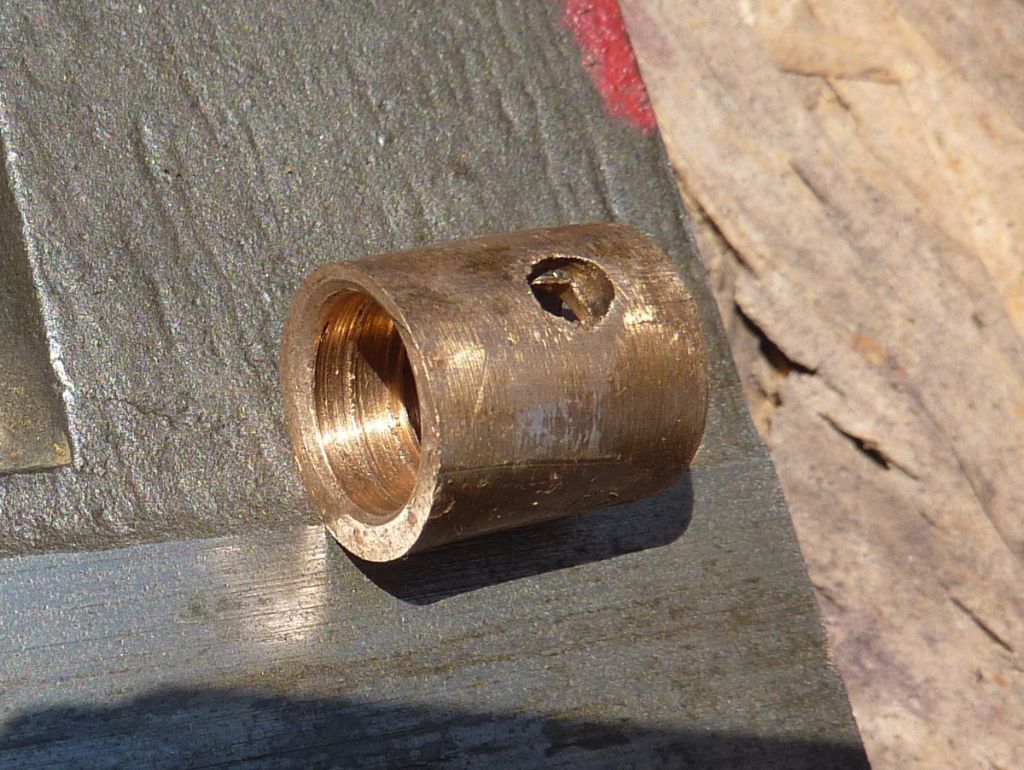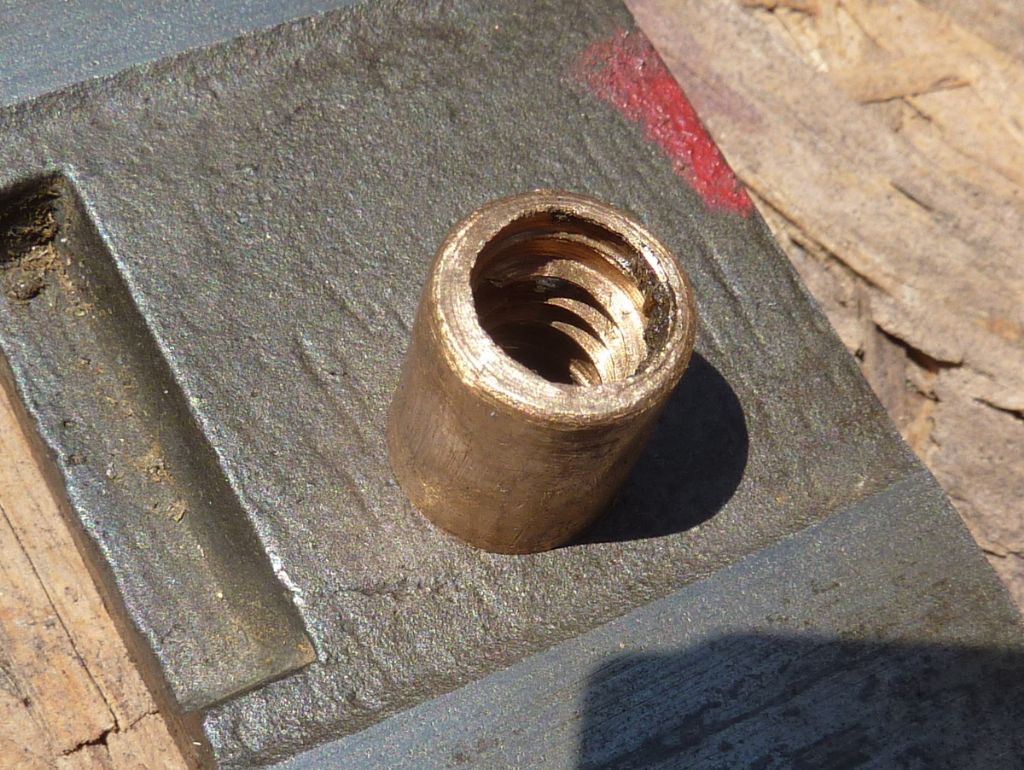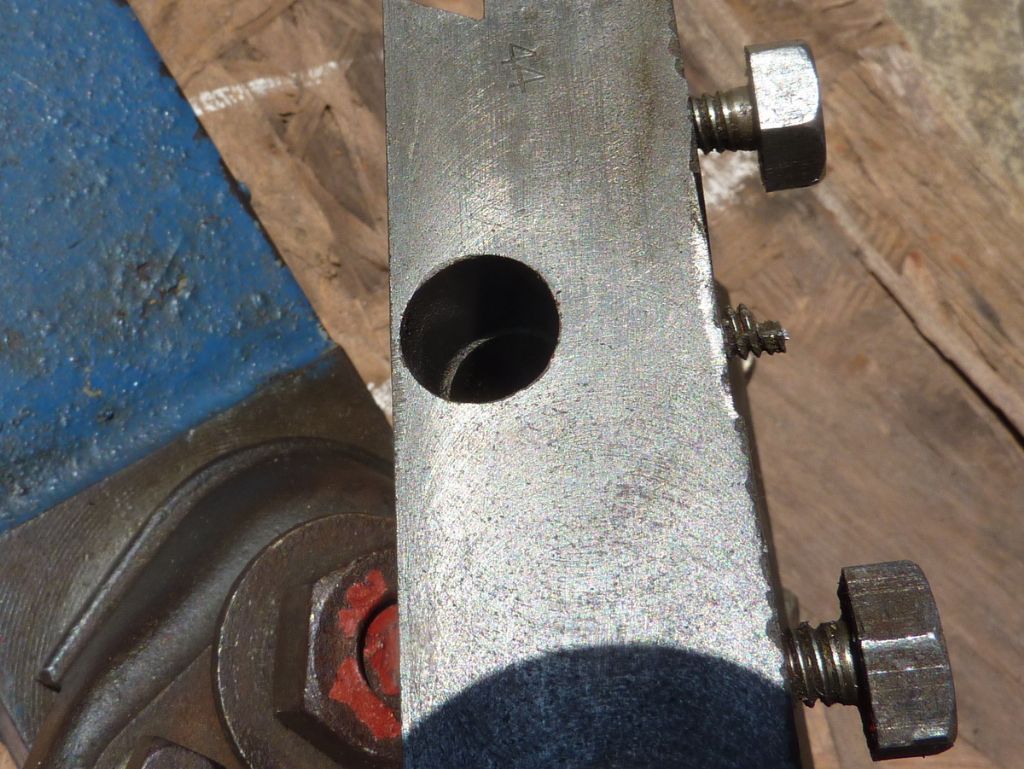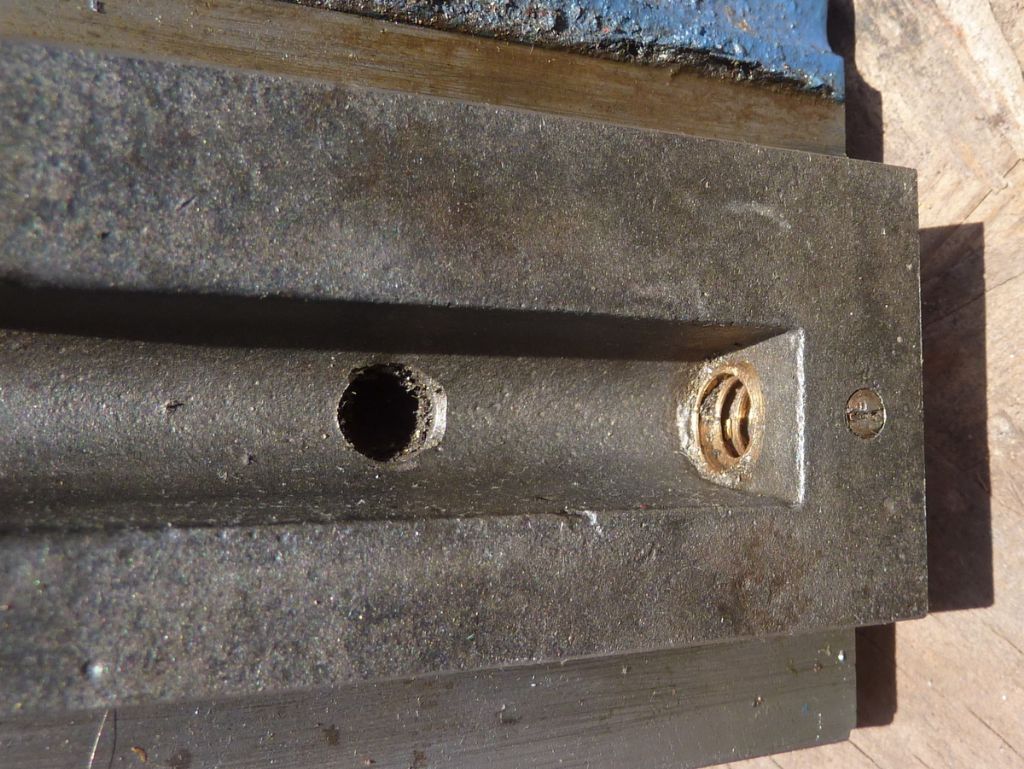Andy,
There is a solution of thread repair by drilling out the original diameter, tapping a larger diameter thread and placing an insert.
If it is allowd to mention trade names:
Helicoil applies an insert which is some kind of shaped wire that follows the new tapped thread.
Time-Sert applies a thin walled solid insert of which internal thread and external thread have the same pitch.
The latter seems to me more suitable for thread repair where the spindle has to move more or less freely.
Thread for spark plugs is often repaired with the Time-Sert or equivalent solution.
You need special tooling to place the insert and there is also a tool to replace an insert which means that, once you tapped the larger diameter thread, you can easily replace the insert when it is worn.
I have not seen inserts made from brass or bronze.
I have thought of repairing the thread for the spindle in my Emco Compact 5 saddle with a Time-Sert insert.
Edited By Jouke van der Veen on 23/06/2020 21:52:01
Edited By Jouke van der Veen on 23/06/2020 21:56:07
 Ady1.
Ady1.

